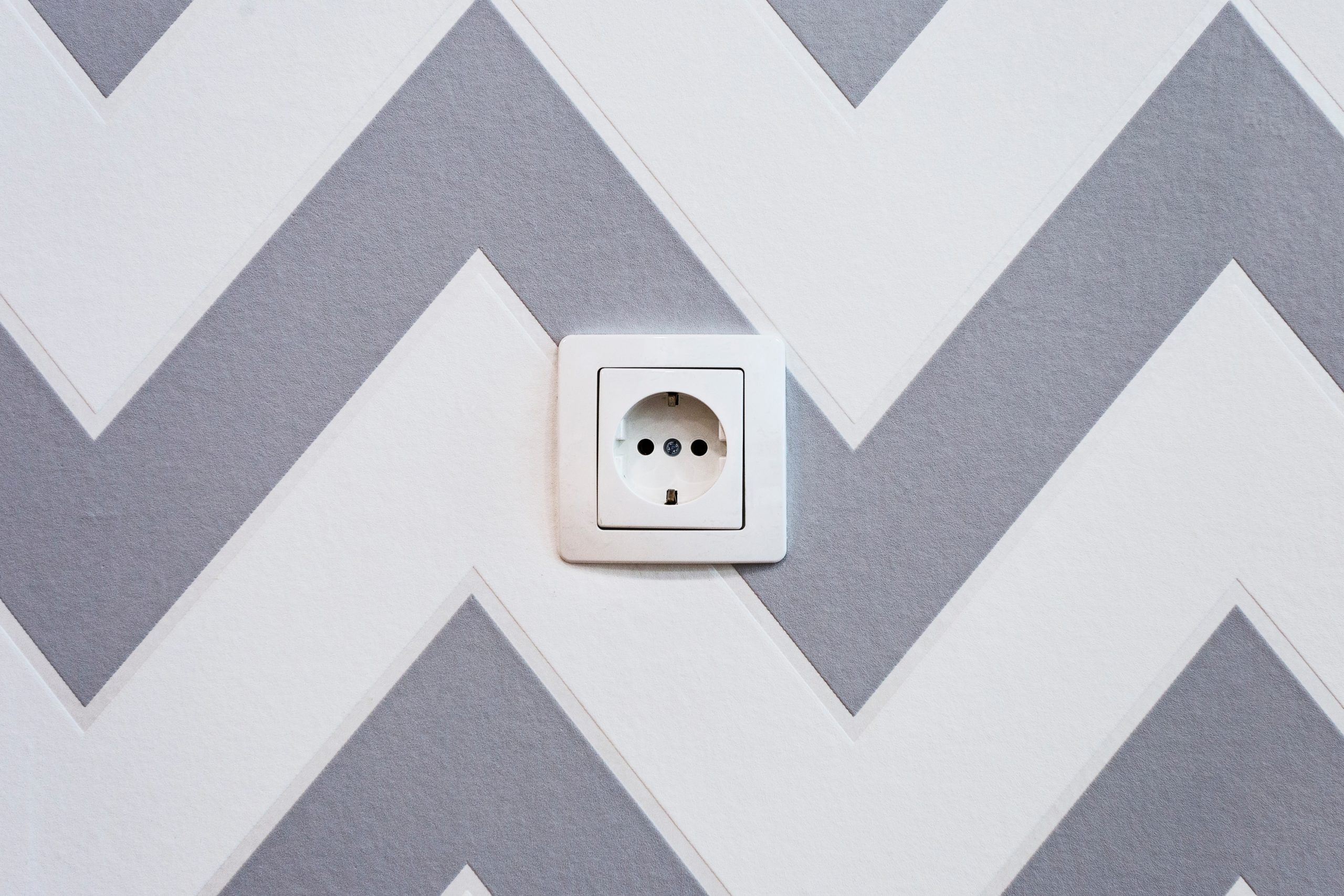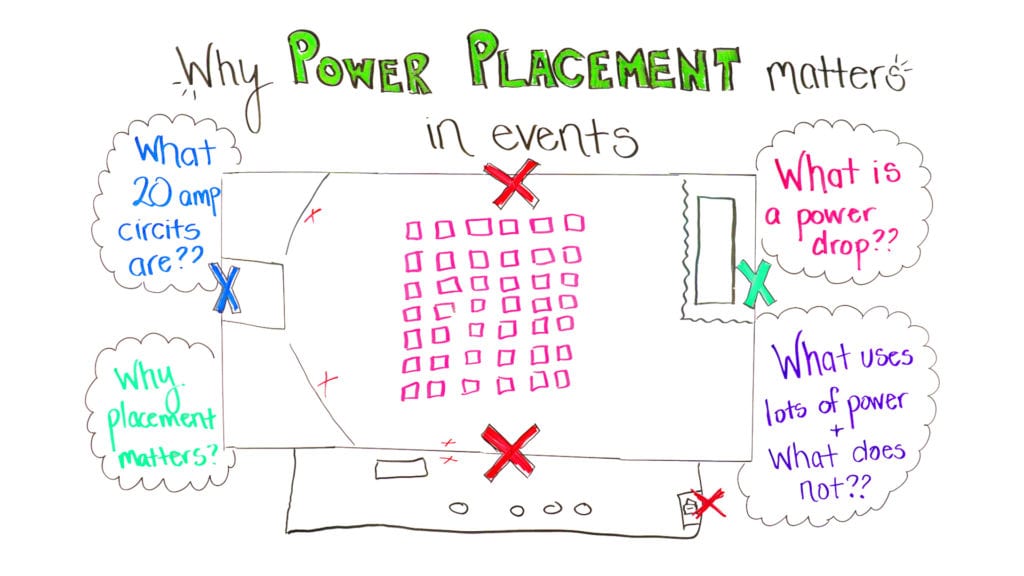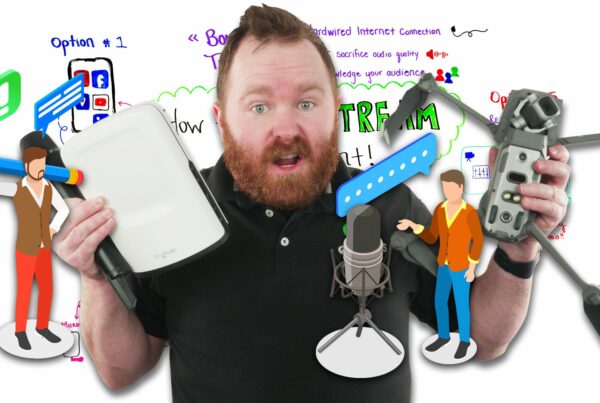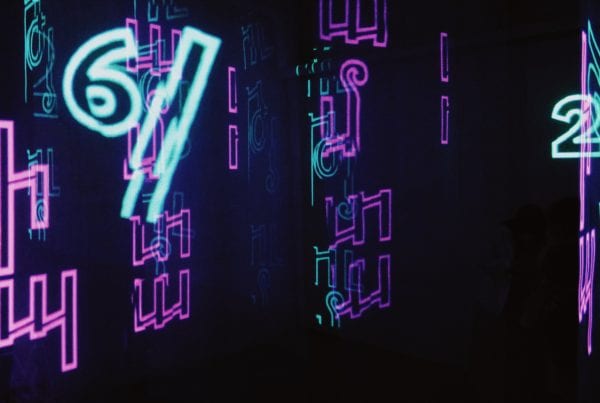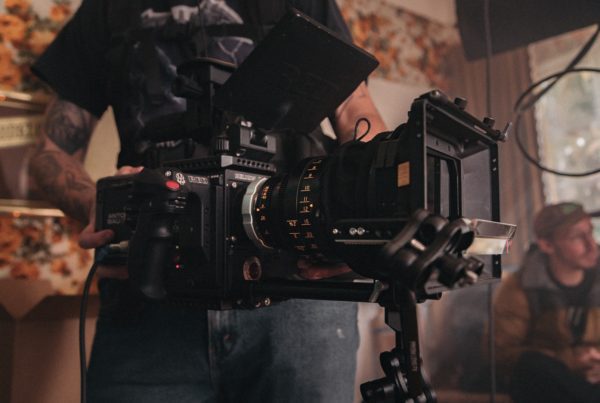Welcome to today’s lecture on power placement for events! Okay, we’re just kidding. Well, not about the power placement part, but definitely about the lecture. If you’re familiar with Endless, then you know we’re all about giving you amazing knowledge about the world of events. And we particularly enjoy doing it in a fun and catchy way.
So, we’d like to welcome you to a brand new edition of Whiteboard Wednesday. Join our always cheerful host Will Curran as he walks you through the ins and outs of power placement for events. And yes, it might sound a little bit boring. But trust us, this is not something you should ignore! As a matter of fact, it has more impact than you might think in your event. So, are you curious yet? Then press play, it’s time for a new episode of Whiteboard Wednesday!
Power Placement For Events: Why It Matters More Than You Think – Video Transcription
Hey, what’s going on everybody? It’s Will Curran from Endless Events back again with another Whiteboard Wednesday. Today we’re talking about power placement for events. I know this isn’t sexy, this isn’t fun. But it’s very important, I think for planners and everyone in the events industry to kind of understand some basics around power. We’re not going to get into things like how many amperage’s you need, things like that. But there is some basics around power that can help you make sure that you have a successful event, avoid tripping breakers, and kind of think ahead when it comes to your event.
Measuring Power
When it comes to power for an event, you always talk about measuring things in what’s called a 20 amp circuit. Sometimes 15 amp circuits, if it’s a little bit older of a building, essentially 20 amp circuit is a single outlet. Whenever you’re talking about power, you want to talk about allocation in that amount. What that means is that if, for example, you need to have a ton of lights, you might need five 20 amp circuits just for that. Whenever talking to a venue about how much power you’re going to need before you’re getting into those big high voltage power systems and everything like that, the power drops as we say, you might be talking about the normal power in the room. And how many outlets, and where are they placed, and everything like that. That’s what we’re talking about today, is how, and where you need to be placing your power for a very successful event.
Power Placement For Events: An Example
I want to talk about this as a very specific scenario that happened just a couple of weeks ago. And how just asking the question of how many 20 amp circuits in a room is not enough? For example, in this event, it was a very small, small size general session, right? You got your chairs, you have your stage. Maybe two screens on either side, some speakers, maybe you had some stage wash just for some basic lighting on stage, your front of the house area. We said hey, we only need three 20 amp circuits for the event. Well, in this case, that question wasn’t sufficient enough. And there needs to be a little bit more foresight when it came to the event. I’m going to explain exactly what that means.
Normally whenever you’re talking about saying you need three 20 amp circuits, we’re going to split up things. For example, maybe the screens and the audio are going to go on one 20 amp circuit, the lights are going to go on one other 20 amp circuit, then we’re going to use the front of the house and all the tech table stuff on another 20 amp circuit. Well, what happened with this venue is that instead of it being very logically placed, it was very illogically placed when it came to power. I’m going to explain what I mean exactly here.
Illogical Power Placement
As we were starting to set up the event, we started looking around for outlets that we could plug into and kind of looking where they are. The general convention, and again this is the general convention, a lot of newer buildings are this way. In fact, a lot of newer buildings, luckily the islets are labeled, so you know which ones are separate. In a lot of older buildings, there might not be this consistency. But the general consistency is that if it’s on one wall, one wall is one 20 amp, another wall might be another 20 amp circuit, and another wall might be another 20 amp circuits. Typically rooms, separate rooms do not share 20 amp circuits. You can kind of use that general convention, which just eliminates people plugging in a ton of toasters in one room for it to trip off the other room. Well, you’ll see in this case that wasn’t the case.
As we start kind of looking around for power, we realized, okay, there was an outlet back behind the stage. We’ll probably use that mainly for the scenic lighting. And the lighting that went on the scenic. Then there was another outlet that was kind of over in this general direction that we were like, okay cool. We’ll plug all the lights and all the screens. Or the sound in the screens to the projectors. Then we saw there was another outlet over here on the wall. And we decided, hey we’ll plug one of the lights into there. That should be plenty of power for that. Then there was one other outlet right back here in the room. And we really said, okay well that’s where the front of house tech table is going to be, we’ll put all the stuff in there.
Then What?
Well, what ends up happening is that we assume that everything would be on separate walls. Sometimes you’ll see things like maybe these two would be shared. But very, very weirdly enough, even though there were a couple of outlets on the ground, which we obviously couldn’t use because there were tables and chairs over there, these two 20 amp circuits ended up being one 20 amp circuit. What we thought was two separate complete circuits was one. Oh yikes. We got lucky that this back one was different, and that this one was different.
What ended up happening is very, very weird. Well we said, hey, is there three 20 amp circuits in there? Normally that would be totally fine. Well that’s where this kind of happened. What happened is like any typical hotel ballroom, there is a foyer. Try to keep this in frame for you guys. We had this foyer out here, right? This is like your pre-function space, right? Maybe you had some tables for check-in, maybe you had some cocktail tables for people to have their cocktails at or whatever it was.
What ended up happening is over here on this wall, in a completely separate room, there was a table, and on that table was a toaster. I know you know where this is going now at this point. This toaster was in this room. Well, what ended up happening is we are all set up, we ran all of our equipment, we made sure it was running all for hours on end and everything was good to go, and we had all the power.
And Out It Goes!
Five minutes before doors, the power went out. Oh my gosh, what happened? First, we didn’t even know. Instantly you kind of go, oh, did the computer just stop playing music? But then you see the lights are off, the screens are off, and then you’re like, okay, something’s wrong with the power. Called the venue, the problem can get solved very, very quickly. What ended up happening is that there was another outlet over here. And you know where this is going based on the color that I’m putting this in. This red 20 amp circuit over here was shared with both this one on here and this one all the way on the other wall. I’ve seen it before and it’s always safe to be aware of that, sometimes the outlets that are inside one room, if they’re on the same wall. So for example, let’s say there’s an outlet right here inside here, and then on the other side, there’s another outlet over there. Those might be one 20 amp circuit. Just electrical laziness I guess.
Power Placement For Events: What Can We Learn?
What ended up happening is this one all the way over here was the same as these two. What it did is, it knocked off our screens, our sound, the light over here, and the stuff that we had plugged in over here, and we didn’t understand why. Why was this happening? We tested, made sure all everything was balanced, everything was good to go. Well, it’s because the question of, is three 20 amps or kids enough wasn’t enough. Because there was another thing being used out here and toasters, microwaves, hairdryers, they’re all notorious for sucking up a lot of power. That’s why you tend to pop your breakers inside your bathroom if you plug two hairdryers at the same time. What ended up happening is this toaster got turned on and knocked out the rest of the power.
How Much Power You Have Is Relative
It’s important for you to know this story because a lot of times we go into venues and we say, hey, how much power do you have? Okay, we have three separate 20 amp circuits for that ballroom. Okay, that’s great. But the next followup question should have been, does any of the foyer space share that power within here? Then also the catering company to let us know and say, hey, we’re planning on plugging a toaster in inside the foyer, just an FYI. Well, if we had known that this was a same 20 amp circuit, which they might not even know, and we had known that they were going to put a toaster on it, we probably would have known that this was going to happen and wouldn’t have allowed it to happen.
What ended up happening is the client had to order a power drop, which obviously is expensive. And we didn’t want to do that, but we had to for that space. That’s just a reason why it’s really, really important for you to know those power placements for events. And where everything’s going inside the space of your room. Because these power drops that use high voltage power can be very expensive. And sure they give us an ample amount of power, but we definitely don’t want to do that.
Summarizing!
Let’s make sure I covered all the things I thought I would talk about. What is a power drop? What uses a lot of power, what doesn’t? Things like, for example, we talked about toasters and non-AV related stuff, but things are in the AV, things like conventional lighting for example, use a lot of power. Projectors use a lot of power. Speakers use a lot of power, unless you’re going like all LED, or using high power efficiency equipment, but that’s just stuff to keep aware of, you want to kind of keep that separated as well.
Start Understanding Power Placement For Events
I think I’ve covered pretty much everything else. Yeah, so you can kind of see how something that would seem completely logical, that an outlet all the way over here would share a toaster all the way in a separate room on a separate wall all the way over here, but ended up making a little bit of a nightmare. Luckily we got it all fixed and everything was good to go because we were able to problem-solve really quick. But you could avoid this situation just by asking those simple questions of, in addition to how many 20 amp circuits do you have, where are they placed? What’s getting plugged into them, that isn’t just the AV equipment. And also is there anything weird and funky about your venue that we need to know about when it comes to power?
Conclusions
I hope this was super duper helpful for you. I’d love to know down in the comments down below what sort of nightmares have you had before with power placement for events? Do you have a story of when things kind of went awry, and you had wished that you had known either about this or maybe there was something else that you picked up on? I’d love to hear down in the comments down below, please let us know. If you liked this video, make sure to smash that like button, if you didn’t like it, make sure it’s some dislike, but make sure to leave us a comment and tell us why, because I want to make sure I make these videos even better. It’s almost been a year since we’ve been doing this, so really, really exciting as well.
And yeah, if you really, really like this and you want to get more, make sure to subscribe. Because we’ll send you emails, we’ll send you notifications and let you know when the next Whiteboard Wednesday is. I got to get out of here and go prevent some more power disasters. I hope you guys have an awesome day, an awesome event and I’ll see you real soon.
Resources
Do You Have Enough Power at Your Events?
Event Lighting Ideas: Four Ways To Use Lighting At Your Event
Event Lighting 101: Breaking Down Everything You Need To Know


